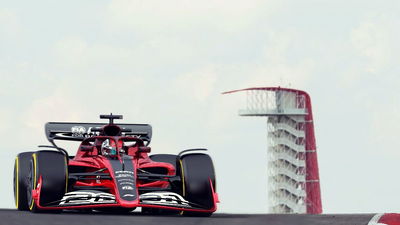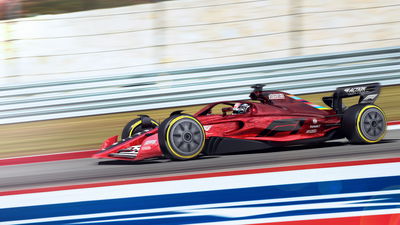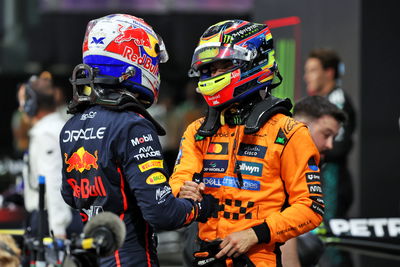F1, FIA issue details of technical, sporting changes for 2021
Formula 1 and the FIA have issued further details regarding the new sporting and technical regulations coming into place for the 2021 season following their approval by the World Motor Sport Council on Thursday morning.
In a press conference held in Austin ahead of the United States Grand Prix on Thursday, FIA technical chief Nikolas Tombazis and F1 managing director Ross Brawn issued further details on the planned sporting and technical regulations that will come into force for 2021.

Formula 1 and the FIA have issued further details regarding the new sporting and technical regulations coming into place for the 2021 season following their approval by the World Motor Sport Council on Thursday morning.
In a press conference held in Austin ahead of the United States Grand Prix on Thursday, FIA technical chief Nikolas Tombazis and F1 managing director Ross Brawn issued further details on the planned sporting and technical regulations that will come into force for 2021.
One of the biggest aims of the new regulations was to allow cars to produce better racing and follow each other more closely on-track, which has often been cited as one of the biggest issues with the existing regulations.
Renders of the planned chassis design for 2021 were issued alongside the announcement showing a more simplified car design that includes simplified front and rear wings, aimed at reducing the amount of wake that cars produce.
Estimations from F1 claim a car which is one car length behind another will only lose 14 percent of the lead car's downforce, compared to 45 percent with the current cars. There will also be greater ground effect from the 2021 cars via a long diffuser under the sidepod of the car.
The cars are expected to be between 3-3.5 seconds per lap slower in performance in 2021.
The aerodynamic regulations are more CAD-based in a bid to try and reduce costs, coming in line with the cost cap of $175 million per year that will also be introduced via the new financial regulations for 2021.
Despite concerns about a lack of variation in car design under the new technical regulations, officials believe teams will be able to vary in design of areas including the nose, front wing and endplates, the rear wing and endplates, the engine and sidepod intakes, the engine cover spine and the brake ducts.
The minimum weight of the car will increase from 743 kg to 768 kg, with a bigger cockpit design coming into place in order to avoid penalising taller drivers in the future.
The existing power unit specification is set to be carried over into the new regulations, although there will be cost reduction in some areas, as well as an obligation for suppliers to provide the same specification to all customer teams.
Gearbox design is also set to be frozen for a five-year cycle, with more restrictive regulations coming into place in order to try and prevent wide performance swings across the grid. There will also be a simplification of the suspension system.
Under the sporting regulations, race weekends are set to be condensed from four days to three, with many of the activities that typically take place on a Thursday (such as scrutineering) now being moved to Friday morning.
Another big change includes teams being forced to race with the car specification which they scrutineer, preventing them from bringing new parts to the car at the last minute in a bid to try and cut costs.
The sporting regulations have also been updated to allow the calendar to increase to 25 races in the future. A 22-race schedule is in place for the 2020 season.











